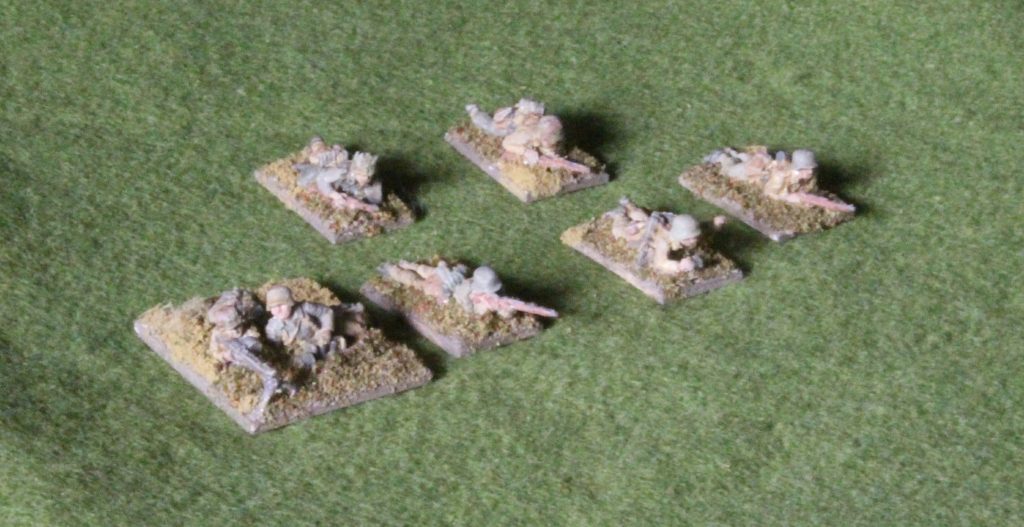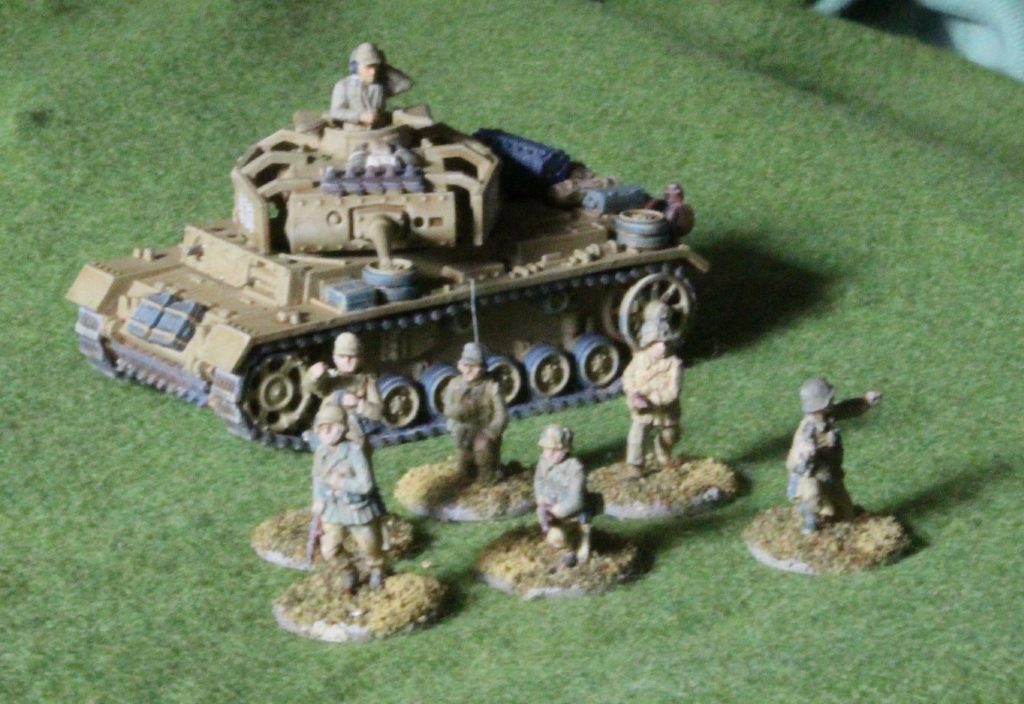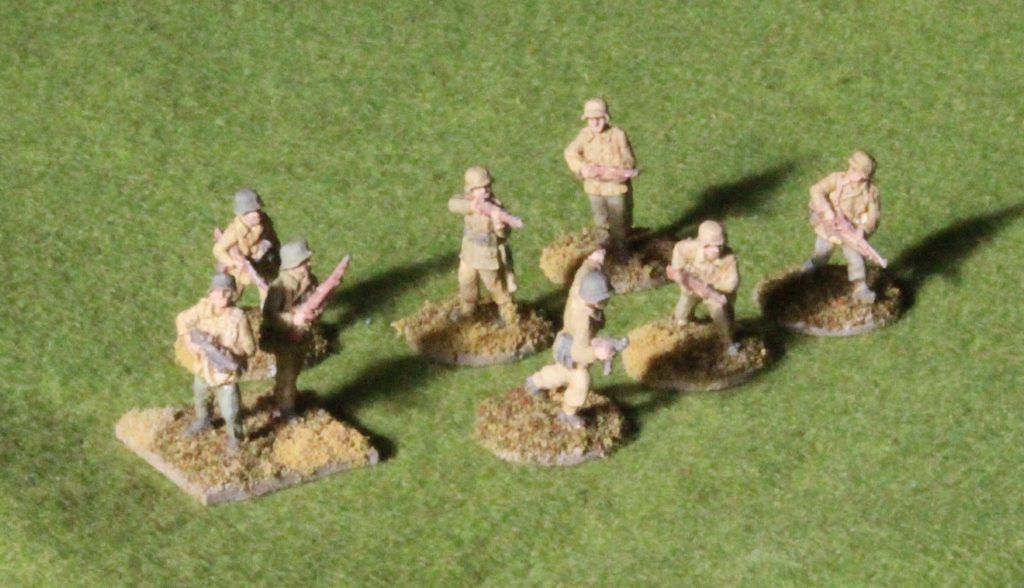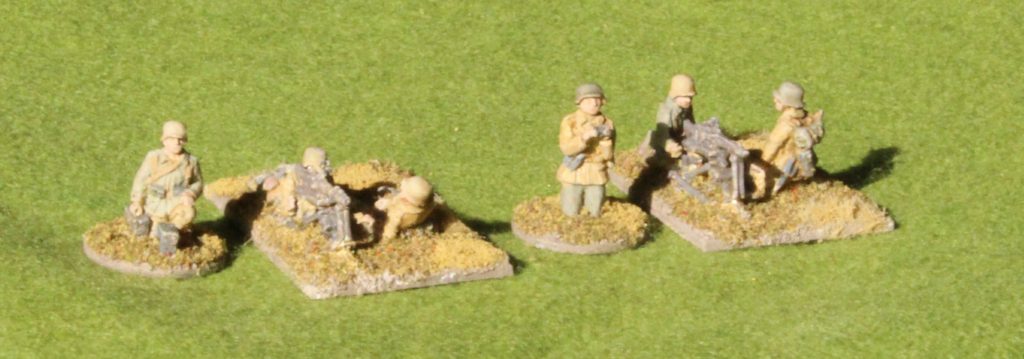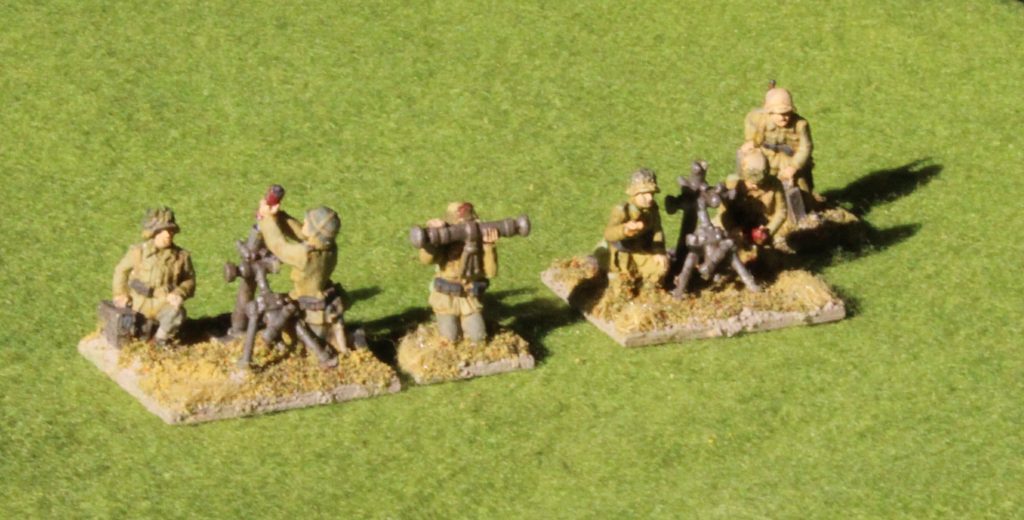Back to the Napoleonic Wars. I have been doing a little steady reading of accounts of the Peninsular War. English-language histories of battles between the British and French are very stereotyped – one of my ambitions is to develop an alternative narrative of the infantry tactics in particular. My hope is that my reading will shed some light on. This time there was less light than I hoped.
The first book was The Battle of Barossa 1811 by John Grehan and Martin Mace, published in 2012 by Pen & Sword. This battle near Cadiz was dramatic and historically important – though often overlooked by historians, because it was away from Wellington’s main army. Though the book centres on the battle, it takes on the whole siege of Cadiz – which is interesting enough. But the book is a big disappointment. Though quite well written it is little more than a rehash of British accounts of the affair, with no attempt to extend the usual sources; all the (limited) primary sources are British, as were the overwhelming majority of secondary sources. If recent Napoleonic history teaches us anything, it is that new insights are likely to come from overlooked foreign sources. Since this particular campaign is neglected, that would be particularly the case. So far as the main historical narrative is concerned, the main feature is the tense relations between the British and the Spanish, and between various Spanish factions. This very nearly led to disaster in the battle itself, where the British contingent ran into a superior force of French, with the Spanish failing to come to their aid – they nevertheless secured a remarkable victory. Alas this book throws no new light on proceedings, and contents itself with condemning the Spanish inconstancy. 200 years on we really should do better than that. And as for the battle itself, the narrative is the familiar one. There are no new insights, and no attempt to pull the usual accounts apart and put them back together again. Tactically it is an interesting battle, but I’m going to have to do that pulling apart myself if I want to get to the bottom of what happened and why.
My reading on Bussaco, the main battle during Masséna’s invasion of Portugal in 1810 is a bit different. This is an important battle, and much has been written about it. It is usually characterised as a standard French column versus British line encounter – but I wanted to understand how much that was based on actual evidence, and how much people were filling in the blanks with how they think it must have happened. It started when I picked up a translation of Colonel Pelet’s account of the campaign. Pelet was a senior aide to Masséna. I was drawn to this book because it contained a very interesting account of Ney’s attack, describing an intense skirmish duel between the French troops and the Light Division. This account is widely quoted in forums and such. It is an interesting and colourful account of the campaign from the French perspective. It was translated by the American academic Donald Horward. This drew me to Horward’s account of the battle: The Battle of Bussaco, published in 1965; I managed to find a second-hand copy, formerly belonging to the late Paddy Griffiths.
Horward’s book is quite slim but interesting. This is proper history, unlike so much of the amateur stuff published these days (including that book on Barossa). The sources have been properly compared, and the disagreements and controversies tackled head-on. It is quite interesting because it is written mainly from the French perspective; and in fact there seem to be a lot of French sources. His account of the battle itself has a very different feel to the normal ones based mainly on British sources. I only wish that more history of this quality was written today. For comparison I read the relevant chapter of David Buttery’s 2007 work Wellington against Massena, which I had bought but not read, and René Chartrand’s Campaign Osprey, which I had read before.
Chartrand and Buttery do not see the need to pick apart the standard British account, nor refer to controversies – but prefer to dramatise things a bit. For the former, that rather goes with the Osprey format, which allows little space for analysis. Buttery can’t resist filling in the blanks a bit – though Horward does that a bit too. Horward always describes the British artillery as raking the French with “grape and canister”; in the same cases Buttery says they fired shot. (This was also the first battle in which shrapnel was used, though Wellington was unimpressed). In one passage Buttery describes the British using rapid fire tactics – even though this was against British doctrine at the time. And I’m afraid that reveals a major limitation in all three works. They aren’t actually interested in the French and British tactics, and so they don’t press the evidence very hard.
My working hypothesis on Bussaco was that French tried to use heavy skirmish tactics to beat the enemy, but were thwarted by the superior skirmishing ability of the Light Division. The evidence doesn’t really hold up for this. There was indeed a lot of heavy skirmishing (in contrast to Vimiero and Talavera), but the most important encounters were between denser bodies of men. And the French suffered a clear disadvantage from exposed flanks, even though they had superior numbers. This fits the column and line thesis – but that doesn’t quite work either. The terrain was very broken, by steep slopes, crags and gorse. It was very difficult for either side to hold formation. Descriptions come through as disorderly melees. The tiredness of the French advancing up steep slopes with packs may have been a factor, as well the momentum of the fierce Anglo-Portuguese counterattacks. And the Allies did not have it all their own way. Foy was able brush aside the Portuguese 8th and 9th Regiments (probably only one battalion of the 9th); Buttery and Chartrand dismiss this as being down to overwhelming strength but that looks far too glib in view of how the French struggled to use numerical superiority elsewhere (Foy outnumbered the Portuguese by about 2:1).
Foy’s attack, effectively the third and last wave of Reynier’s corps was actually remarkably successful, capturing the plateau at the top of the ridge. It looks to me that at this point Reynier had Picton beaten. It required well-time reinforcements from neighbouring divisions (especially Leith) to restore the situation. If the French had reinforcements at the ready, perhaps the outcome would have been different. But Junot’s corps was in completely the wrong place. And that leads me to an observation relevant to the grand tactical level, and more relevant to my rules project. The Anglo-Portuguese were able to beat off the French easily enough, but at the cost of considerable disorganisation. If there were French reserves ready to exploit this disorganisation, then they had an opportunity. That’s how Foy’s brigade captured the summit at Bussaco – though by then the French were themselves disorganised.
I have less to say on Ney’s attack. It strikes me that the terrain here was much more complex, and that I need to look at it again to get any new insights.
